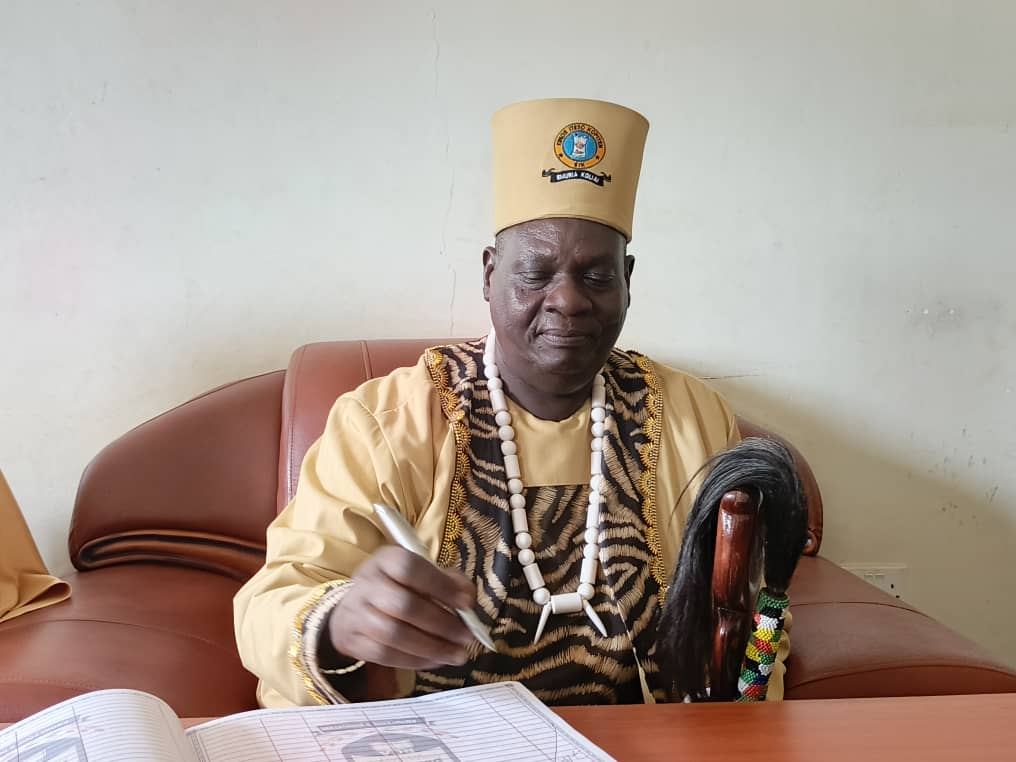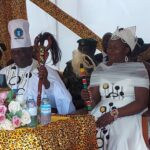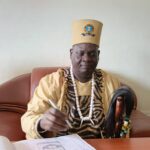History
The Origins of the Iteso Cultural Union
The Iteso Cultural Union (ICU) is the recognized cultural institution of the Iteso people, a proud branch of the Nilotic Ateker family. The Iteso trace their ancestry to migrations from present-day Southern Sudan and north-western Kenya, where the Ateker groups dispersed and settled in different parts of East Africa. One group moved southwards and eventually established themselves in the fertile lands between Lake Kyoga and the Kenyan highlands. Here, they became known as the Iteso, distinguished by their language, Ateso, and their vibrant traditions of cattle-keeping, crop cultivation, music, and oral heritage.
For centuries, the Iteso lived in clan-based societies without centralized kingship, governed instead by elders and communal decision-making. This structure fostered unity but also made the Iteso vulnerable to external pressures, especially during the turbulent 18th and 19th centuries marked by migration, raiding, and wars. With the coming of colonialism, the Iteso were incorporated into Uganda and Kenya, where artificial borders divided their homeland but not their sense of identity.
Amid these changes, the Iteso longed for an institution that could unify them across borders, safeguard their cultural values, and represent them with dignity. Out of this need, the Iteso Cultural Union was formally inaugurated in 1995 under the stewardship of the first Emorimor, Papa Augustine Osuban Lemukol. The title Emorimor—meaning the reconciler and father of the Ateker—was chosen to symbolize unity, guidance, and reconciliation among the Iteso and their extended Ateker relatives.

About ICU
The ICU was born not merely as a traditional leadership, but as a cultural renaissance movement, reviving Iteso customs, promoting peace, and advocating for development. Its recognition by the Government of Uganda affirmed the Iteso’s right to cultural self-expression within the modern nation-state.
Throughout its journey, ICU has faced trials, including political interference, internal divisions, and the challenge of uniting a people spread across Uganda, Kenya, and the diaspora. Yet, the Union has remained resilient—organizing cultural festivals, peace dialogues, youth programs, and international outreach to affirm the identity of the Iteso people in a rapidly changing world.
Today, ICU stands as a symbol of continuity, bridging the wisdom of ancestors with the aspirations of the new generation.
The heritage of the Iteso people
The heritage of the Iteso people is rich, diverse, and deeply tied to both land and community. Traditionally, the Iteso were cattle-keepers and millet farmers, with livelihoods that revolved around seasons, rituals, and collective labor. Their music and dance—such as ajosi (group dance) and the melodies of the akogo (thumb piano)—remain central to their identity.
Cultural practices such as sharing ajon (traditional millet beer) embody the values of togetherness, dialogue, and reconciliation. Storytelling, poetry, and proverbs in Ateso continue to pass down wisdom across generations. The ICU plays a key role in safeguarding these traditions while adapting them to contemporary realities.
The position of the Emorimor as cultural head is not political but symbolic—a unifying father figure for all Iteso. Supported by clan leaders, elders, and cultural councils, the Emorimor embodies the soul of the Ateker family. The ICU also collaborates with governments, civil society, and international bodies to advance education, peacebuilding, and socio-economic empowerment for its people.
Like the Zulu Kingdom’s enduring spirit in Southern Africa, the Iteso Cultural Union represents resilience, identity, and unity. It is not only a guardian of tradition but also a platform for innovation, ensuring that the values and dignity of the Iteso continue to thrive in Uganda, Kenya, and beyond.
Cultural Symbols and Traditions of the Iteso Cultural Union
The Iteso Cultural Union (ICU) preserves and promotes the cultural heritage of the Iteso nation. Its symbols and traditions embody unity, resilience, and identity among the Ateker people.
The Emorimor
- His role is spiritual and cultural, not political, making him the living symbol of Iteso identity.
- The Emorimor’s stool, staff, and ceremonial attire are respected cultural regalia representing authority.
The Ajon (Communal Beer)
- Shared in a large pot with long straws, it symbolizes togetherness, dialogue, and reconciliation.
- No major event — weddings, peace meetings, cultural festivals — is complete without ajon.
Music and Dance
- His role is spiritual and cultural, not political, making him the living symbol of Iteso identity.
- The Emorimor’s stool, staff, and ceremonial attire are respected cultural regalia representing authority.
The Stool and Fire
- The fireplace (ekekoru) is where families gather, share wisdom, and tell stories.
- Both represent continuity of leadership and family unity.
The Bull and Cattle
- Traditionally used in bride price (dowry), sacrifices, and community feasts.
- The ICU recognizes cattle as a reminder of Iteso pastoral heritage.
Traditional Attire and Ornaments
- Men traditionally wore animal skins or light cloths, while women wore decorated skirts.
- At ICU functions, Iteso attire blends heritage with modern elegance.
Proverbs, Poetry, and Storytelling
- Proverbs (etunget) carry ancestral wisdom.
- Folktales (ebekoro) pass on moral lessons.
- ICU encourages preservation of the Ateso language through literature, songs, and education.
Symbols of Unity – Ateker Kinship
- Shared rituals and bloodline ties are celebrated through cross-cultural visits and peace dialogues.
Festivals and Cultural Days
- These include traditional wrestling, music and dance showcases, storytelling, and communal feasts.
The ICU Flag and Colors
- Blue: Peace, harmony, and continuity.
- Gold: Pride, richness of heritage, and dignity.
- Black: Identity, resilience, and unity of the Iteso nation.




